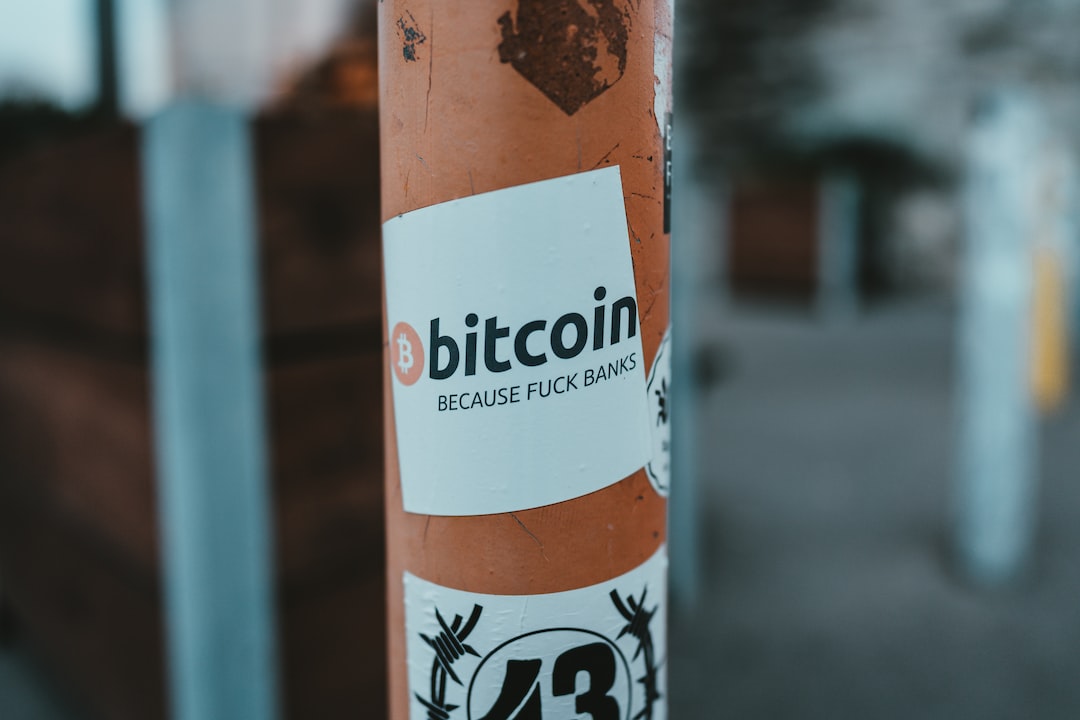Spot Bitcoin ETFs Could Trade at an 8% Premium to NAV
In a recent interview with Bloomberg, Reggie Browne, Co-Global Head of ETF Trading and Sales at GTS, shared insightful predictions regarding the potential trading dynamics of spot Bitcoin exchange-traded funds (ETFs). Browne believes that these ETFs could trade at a significant premium, estimating as high as 8% above their net asset value (NAV).
Trading Dynamics and Concerns
Browne expects the spreads to be competitive and tight due to the resilience and liquidity offered by market makers. However, he highlights a critical concern. US broker dealers cannot trade Bitcoin cash directly, so they will have to rely on futures for hedging. This complexity may result in a premium above fair value, potentially reaching 8%.
In-Kind Creations and Redemptions
Browne also mentions the challenges related to in-kind creations and redemptions, but he remains optimistic about their future implementation. He believes that these aspects will come into play once certain obstacles are overcome.
Comparison with Canada’s Spot ETFs
Eric Balchunas, a Bloomberg ETF expert, comments on the potential premium and compares it to Canada’s spot ETFs. While Canada’s ETFs also use cash creations, their premiums are much smaller compared to what is expected for spot Bitcoin ETFs.
The SEC Decision and Investor Interest
The crypto community eagerly awaits the SEC’s decision on the first batch of spot Bitcoin ETF applications. If approved, Browne predicts massive investor interest and inflows of at least $2 billion within the first 30 days of trading. He projects that these funds could attract $10 billion-$20 billion in total over the first year.
Hot Take: Spot Bitcoin ETFs Could Trade at a Premium, but Regulatory Constraints Present Challenges
The potential trading dynamics of spot Bitcoin exchange-traded funds (ETFs) are generating excitement and speculation. Reggie Browne, Co-Global Head of ETF Trading and Sales at GTS, predicts that these ETFs could trade at a significant premium above their net asset value (NAV), potentially reaching 8%. However, he raises concerns about the complexity arising from regulatory constraints that limit direct Bitcoin trading within US broker dealers. This limitation forces them to rely on futures for hedging, which may result in a premium above fair value. Despite the challenges, Browne remains optimistic about the implementation of in-kind creations and redemptions. The SEC’s decision on spot Bitcoin ETF applications is eagerly anticipated by the crypto community, with expectations of substantial investor interest and inflows if approved.





 By
By
 By
By

 By
By
 By
By
 By
By